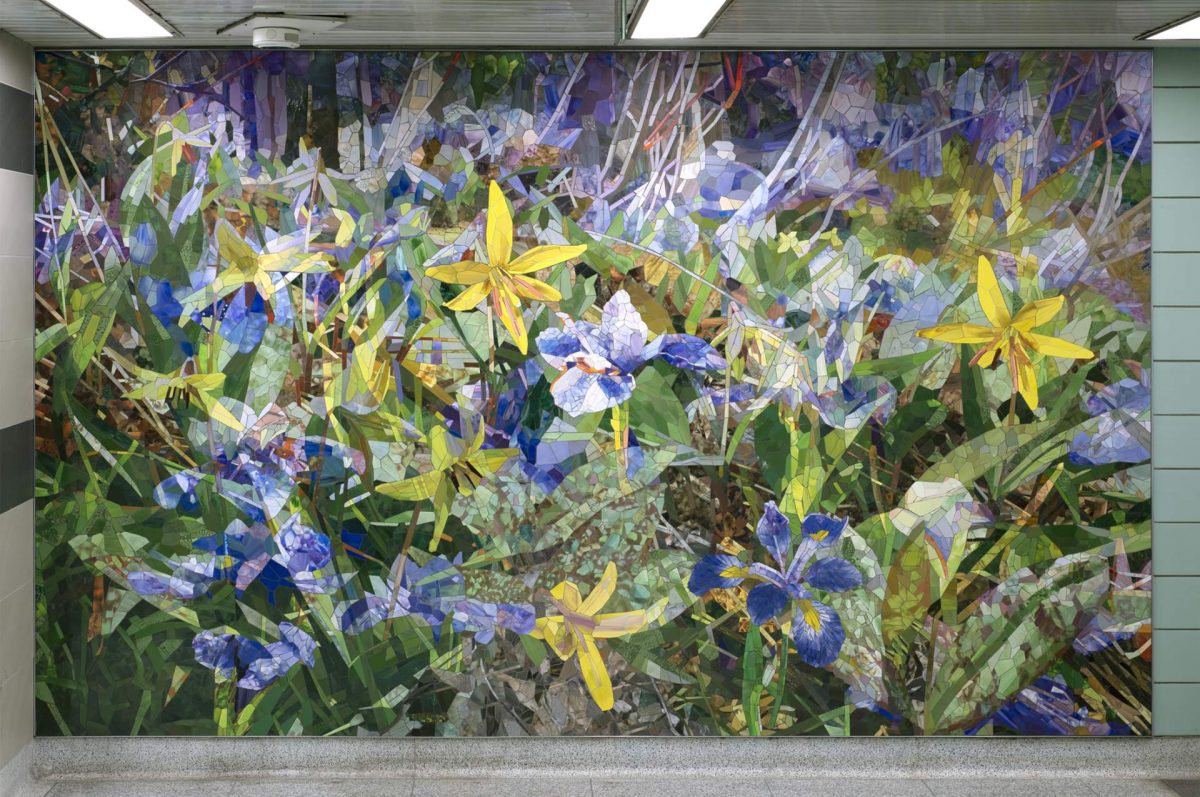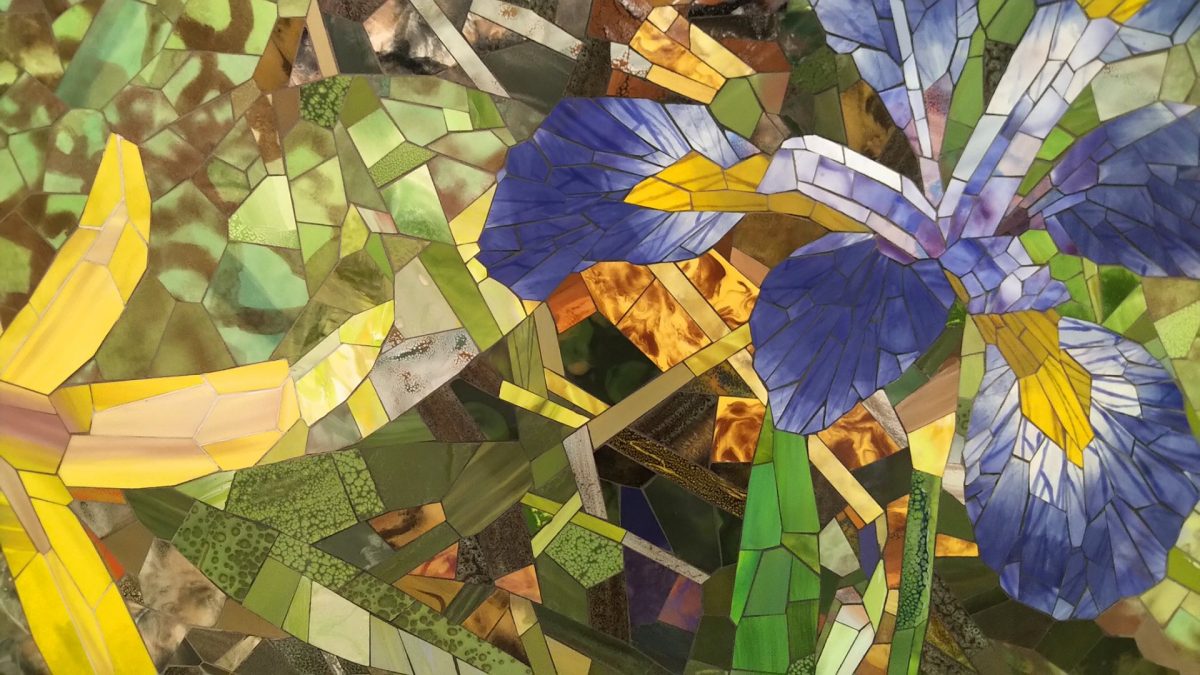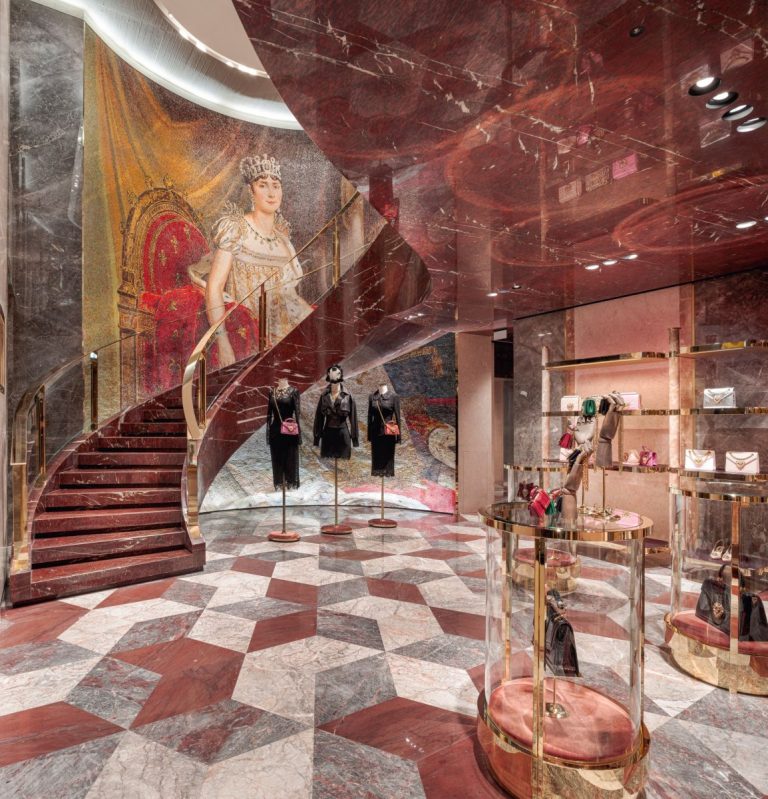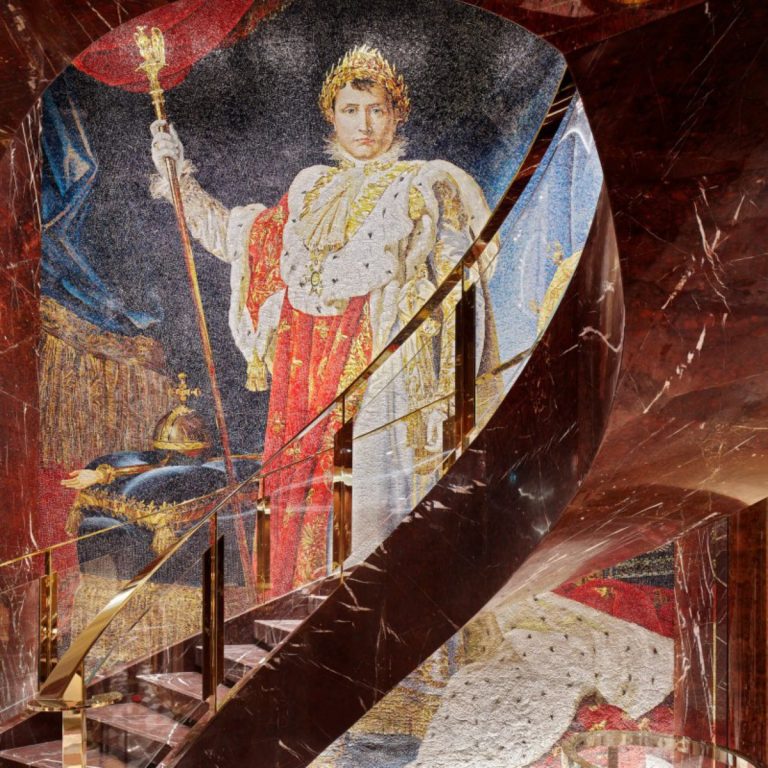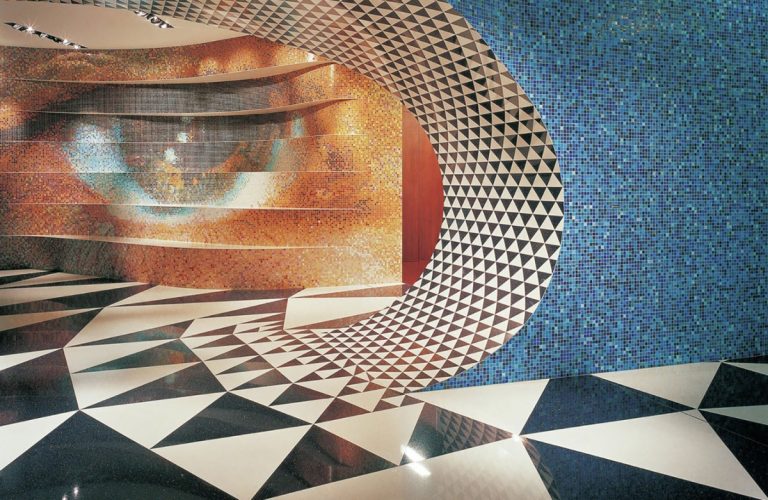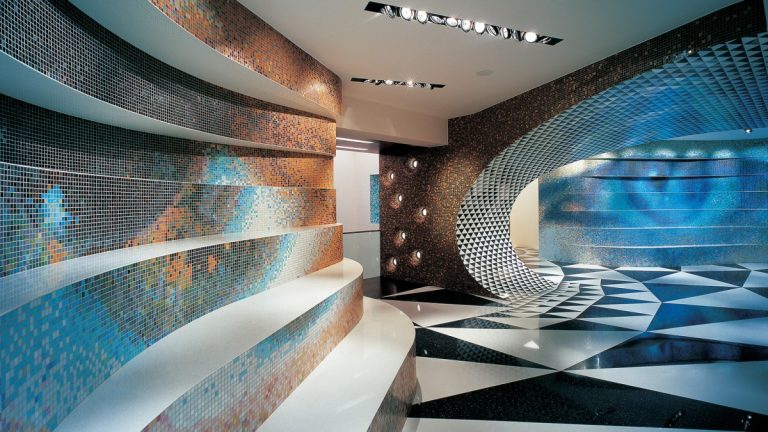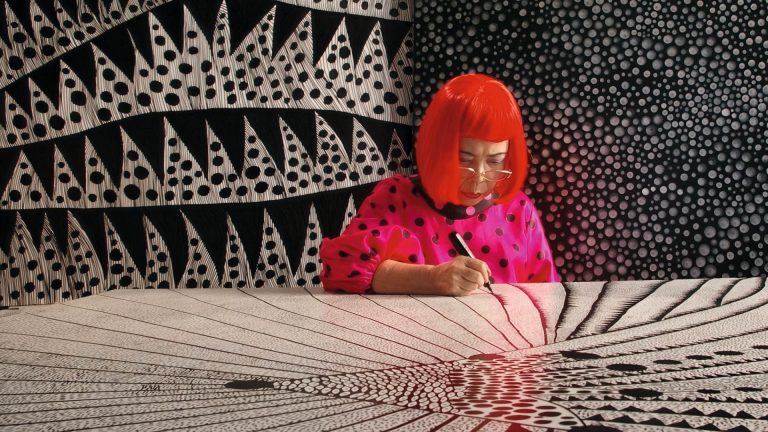The ancient art of mosaic is now coming back thanks to new technologies and materials, an it is actively used by contemporary artists and interior designers.
Mosaic was born in antiquity, saw its golden age in the times of the Byzantine Empire, and was revived in the 19th century during the Age of Historicism. But it was far from forgotten even in the 20th century and was widely used by experimental artists. For example, Spanish architects, namely Antoni Gaudí, invented trecandis – a type of mosaic made of broken ceramic tiles and porcelain tableware, which made it much cheaper to produce.
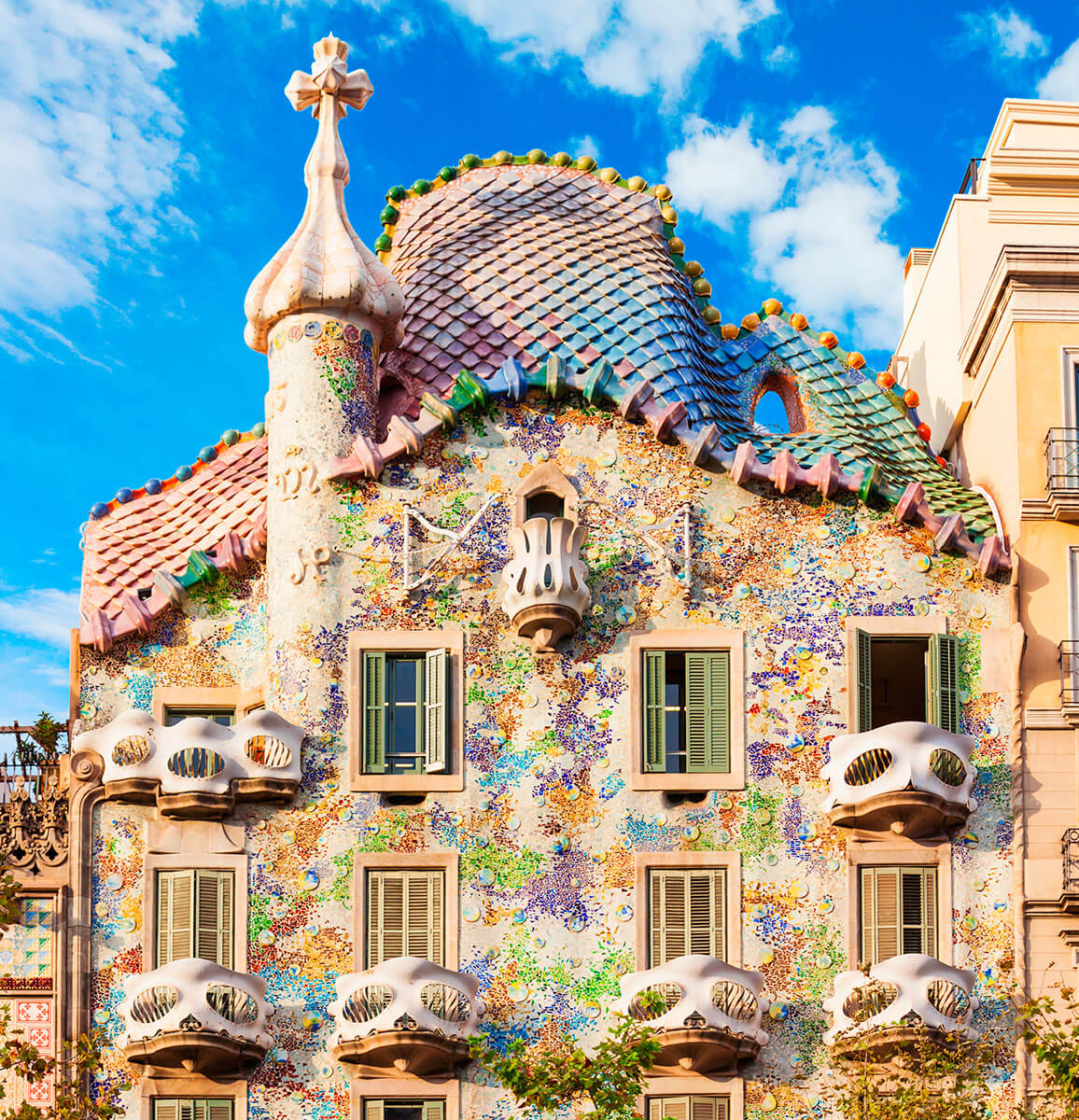
Fernand Léger, one of the most well-known painters was a huge fan of trecandis (by the way, a mosaic based on his drawing La Lecture was exhibited at the Sotheby’s in 2018 with an estimated cost of £300,000 to £500,000 and sold for an undisclosed amount). Brutalist architects made extensive use of mosaics made of “rough” materials to create bold and memorable decorations for the exterior façades. Another mosaic masterpiece is the grave of Rudolf Nureyev in Paris, designed by Edzio Frigerio. The top of the gravestone is covered with a vibrant Kilim carpet made of gold and red glass at the Akomena Spacio Mosaico studio.

In this century, the uses of mosaics are quite numerous and diverse. For example, the street artist Invader uses this technique to “invade” the urban environment, depicting images and quotes from famous video games. While Jim Bachor decorates Chicago sidewalks, turning potholes into colorful mosaics. Jason Dussault became famous for his mosaic portraits of superheroes. Other contemporary authors working with this complex technique include Yoko Ono, Dixie Friend Gay, Ellen Driscoll, and Katharine Harvey.
However, the primary function of mosaics is still the same as centuries ago – to decorate homes and public spaces. Apart from pools, where tile mosaics are prized for their durability and resistance to moisture, they are used in hotel lobbies and foyers of various public institutions, among other things. Among the best contemporary examples of mosaics in a residential home, Architectural Digest magazine highlighted this 2010s flamboyantly red Art Deco entryway, which was created by Peter Pennoyer Architects for a private estate in Ohio.
Referencing major historical styles is an important aspect of mosaic art. For example, the same magazine portrayed the 2000s with a New York townhouse, designed by architect Alan Wanzenberg and interior designer Vladimir Fabrikov, who came up with these sweeping Art Nouveau floor ornaments. Its power to instantly conjure up historical associations is invaluable when it comes to recreating old buildings with new materials, as during the restoration of the Hôtel de Paris Monte-Carlo. The hotel was to be renovated Belle Époque style, and the designer Pierre-Yves Rochon commissioned Friul Mosaic to recreate the floors.
In all these cases, mosaics can either cover the entire surface, like a carpet or wallpaper or come as stand-alone panels, akin to extra-durable paintings. As in ancient times, these panels can represent replicas of real paintings, such as the mosaic reproductions of the ceremonial portraits of Napoleon and Josephine in the Dolce & Gabbana Paris showroom in 2020.
Floor mosaics are always perfectly flat, but wall mosaics may feature more relief and therefore be much more varied in texture and material. Paradoxically, mosaics represent both luxury and reliability due to their ability to stand the test of time unchanged. Thanks to developments in modern chemistry, mosaics are no longer worth their weight in gold. Modern technology has also greatly simplified the creation of mosaics. Modern artists no longer have to scratch their heads trying to arrange the individual pieces into a coherent picture: computers do it in mere seconds. Robots can also simplify the assembly of mosaics, improving the speed more than tenfold. However, most artists prefer to do these giant jigsaw puzzles the old-fashioned way. “It’s more soulful that way,” they say.
Photo: bisazza.com; studioamainardi.com; Sotheby’s; istockphoto; pinterest.com; katharineharvey.com
